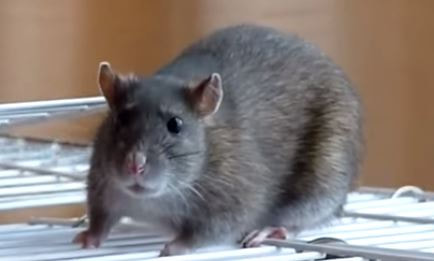About Roof Rats/Black Rats
|
How to identify a Roof Rat
Roof Rats, or Black Rats, usually have black to light brown fur on their bodies, with a lighter underside. They are slightly smaller than the Norway Rat (Brown Rat). Roof rats can grow to be 15 inches long from nose to end of tail. Their tails are hairless, scaly and longer than their bodies. What does a Roof Rat eat? Roof rats are omnivores. While they prefer nuts and fruits, they are classified as "generalist species", meaning they can adapt their diet to survive in many different environments. As such, they will eat pretty much anything, including a variety of crops on farms, food given to domesticated animals, as well as birds and insects in the wild. How can I tell if I have a Roof Rat infestation? If you see a rat, it probably means they have been driven out of their nests and hiding spaces. Roof Rats typically take refuge and build nests in attics and insulation. Droppings are another indicator of an infestation, as well as grease marks, which are formed when the rat rubs along the edge of a surface while moving. |
|
How can I prevent Roof Rats from entering my home?
Roof Rats enter homes through open windows, vents, or holes in the wall or roof. Be sure to screen all openings to stop access to your home.
Give us a call or shoot us an email and we will be happy to help you with your rat control problem!
Give us a call or shoot us an email and we will be happy to help you with your rat control problem!



